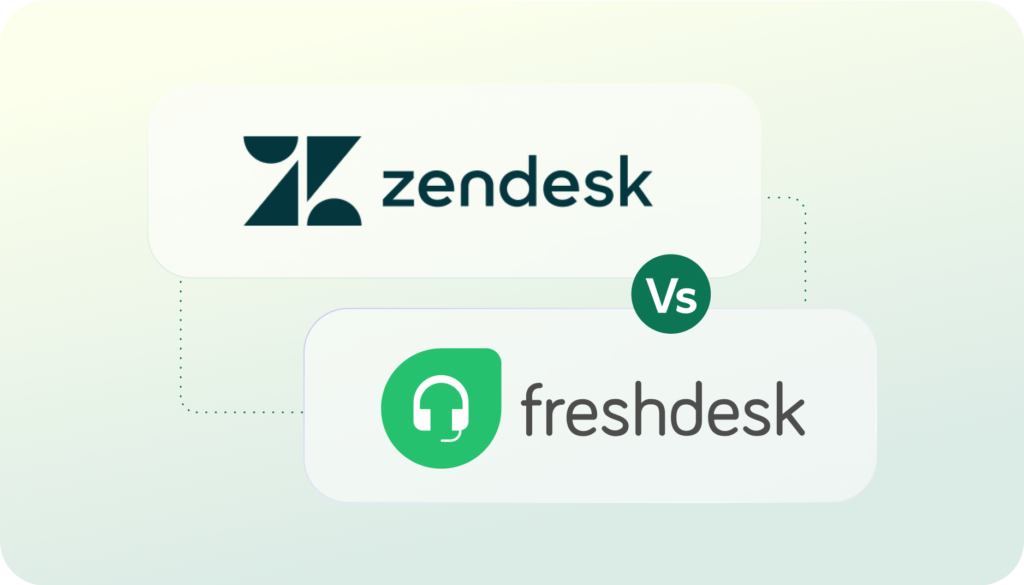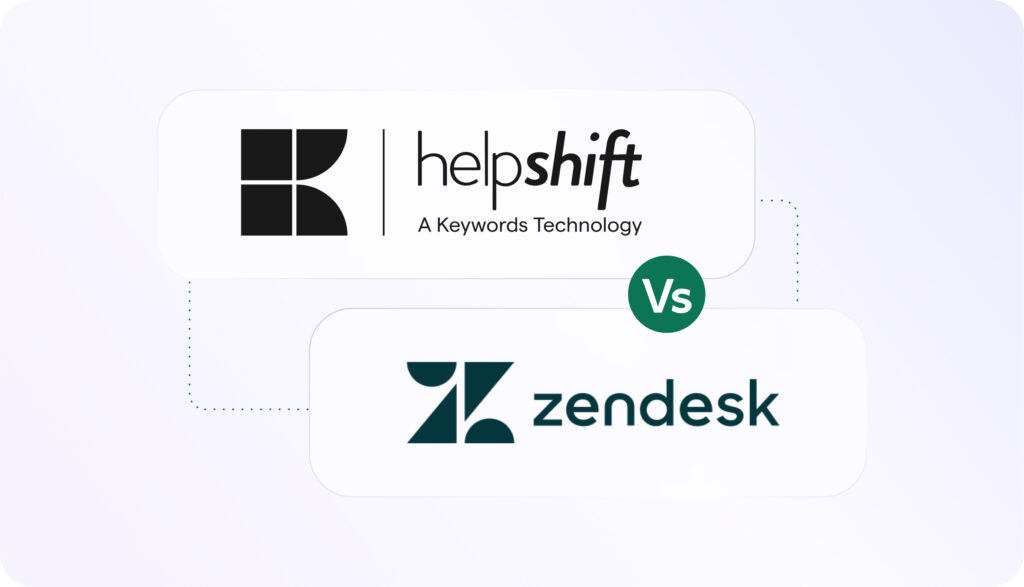In customer service, the term feedback loop is used to describe the strategy of gathering information about a customer’s interactions with a brand in order to improve the experience with that particular customer and with customers in general.

What Is a Feedback Loop?
The feedback loop typically has three phases:
- Capturing data
- Analyzing data to gain insight
- Using that insight to make decisions
Why Do Feedback Loops Matter to Customer Service?
Feedback loops are used to improve the customer experience, including the customer service experience. But the customer service experience is equally important to feedback loops, providing much of the data that makes the feedback loop effective. For instance, some of the customer service interactions that produce relevant data include:
- Interactions with customer service agents
- Contact center transactions
- Customer surveys
- Email marketing activity (opens, clicks, actions)
- Social listening data
All of this unstructured data can be analyzed to help improve the customer experience that will then produce more customer data. Thus, the idea of a feedback loop.
Hubspot defines a feedback loop as “a process in which the outputs of a system are circled back and used as inputs,” and notes that feedback loops can be “negative” or “positive.” A negative feedback loop uses customer complaints and problems to improve customer service or the products themselves. With a positive feedback loop, on the other hand, negative feedback from employees is used to improve internal employee experience.
How Helpshift Supports Feedback Loops
The key to using feedback loops to improve customer experience is having access to feedback in the first place. Helpshift enables the feedback loop by providing an abundance of data from customer service transactions of all types.
Helpshift’s Analytics Dashboard allows you to review metrics for each of your applications by Issue type, volume, and team performance. You can use these metrics to track the effectiveness of your responses as well as your individual agents. At any given point, you can view Current Open Issues, Tag Reports, and User Engagement metrics.
You can also evaluate the effectiveness of your FAQs in the Analytics Dashboard by reviewing the tabs under FAQ, viewing stats by Trend, Summary by FAQ, and Summary by Languages. With such robust data, Helpshift enables both positive and negative feedback loops, so you can improve the work processes internally and improve customer service externally, making for happier customers and agents.
Additional information About Touchpoints
- Support: Guide: Helpshift Analytics



